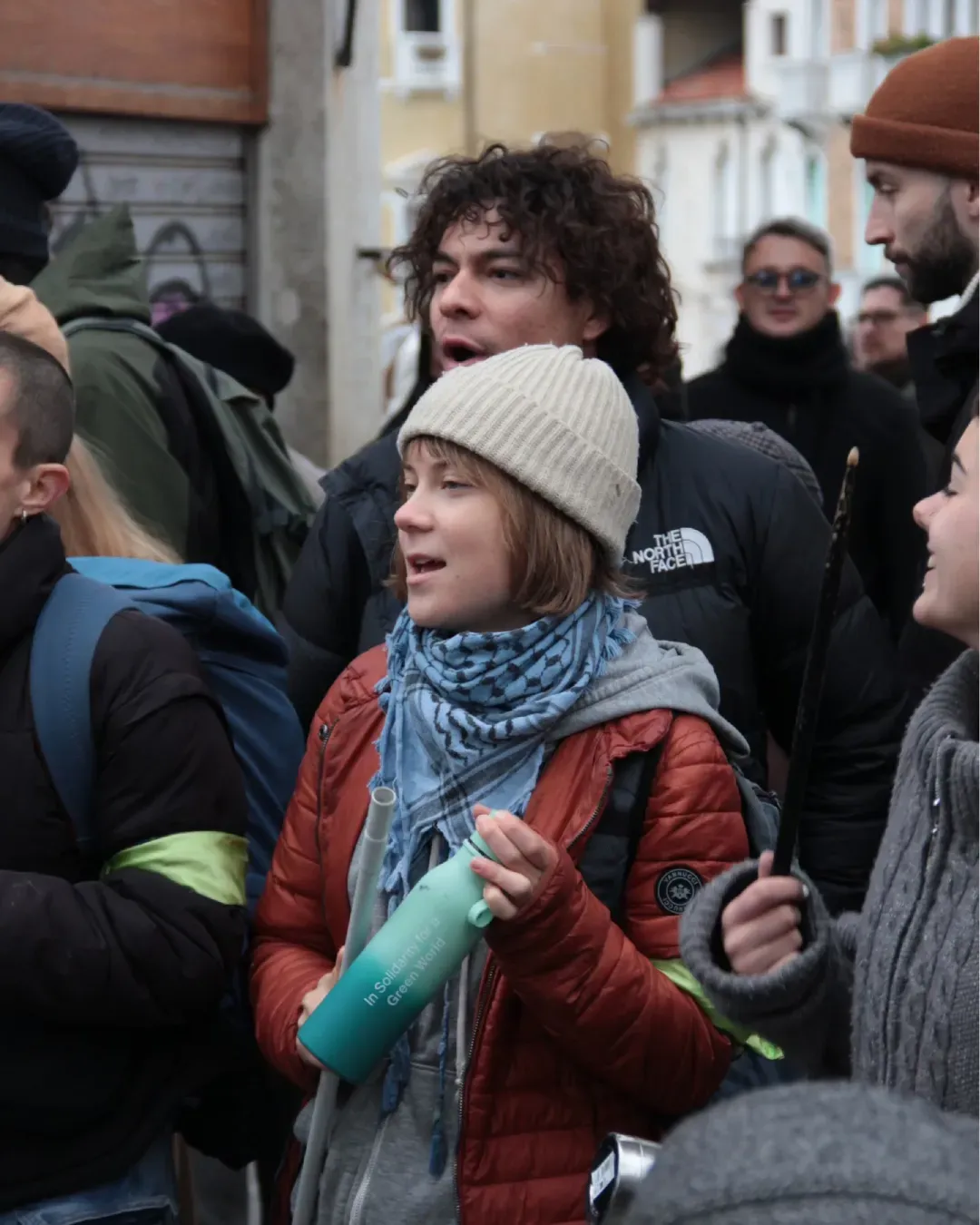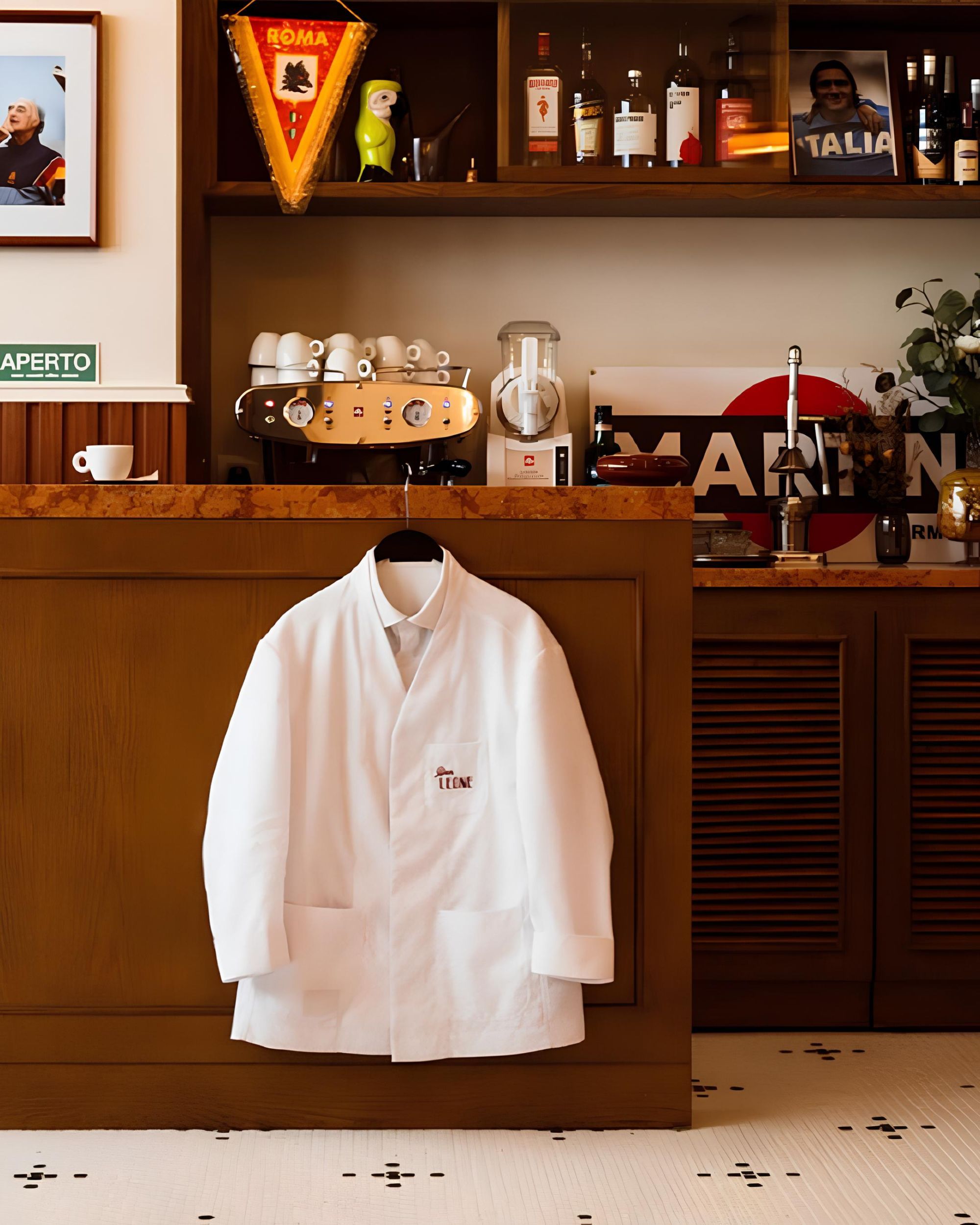
44% of Italians will not go on holiday this summer While Milan reaches record tourism peaks
"Where are you going? How long are you staying? How much are you spending?" These are the questions buzzing in the conversations of Italians these days, among office desks and Zoom Call screens. Workers who can take a couple of weeks off from the chaos of the urban center in August are eagerly awaiting the day of departure, but new studies show that more and more Italians are deciding to stay home for their summer vacations, and 44% of them won't leave at all. The data comes from the research institute Tecnè for Federalberghi, in a report highlighting how the need to save money is becoming increasingly widespread among Italians: between June and September, only 36 million citizens will take at least one vacation, and 9 out of 10 will travel within the Peninsula. With an average spending of around 886 euros per person, it is predicted that tourists staying in Italy this summer will generate about 40.6 billion euros in business for the country.
The Tecnè Institute research reports that hotels continue to be the preferred type of accommodation for Italians (27%), although staying with relatives or friends remains unbeaten (28.5%), followed by owning a house (13%). The report continues the analysis of vacations confirming that the vast majority of travelers will head to coastal destinations, while only 13% will choose the mountains and 3% the art cities. The most explored regions are Tuscany, Emilia Romagna, Sicily, Puglia, Campania, Trentino Alto Adige, and Sardinia. Meanwhile, Milan, once the main hub of business tourism, is undergoing a transformation: during the last Hospitality Forum, it was stated that now 65% of visitors come to the Lombard capital for leisure reasons, and many of the tourists are international and high-spending.
















































